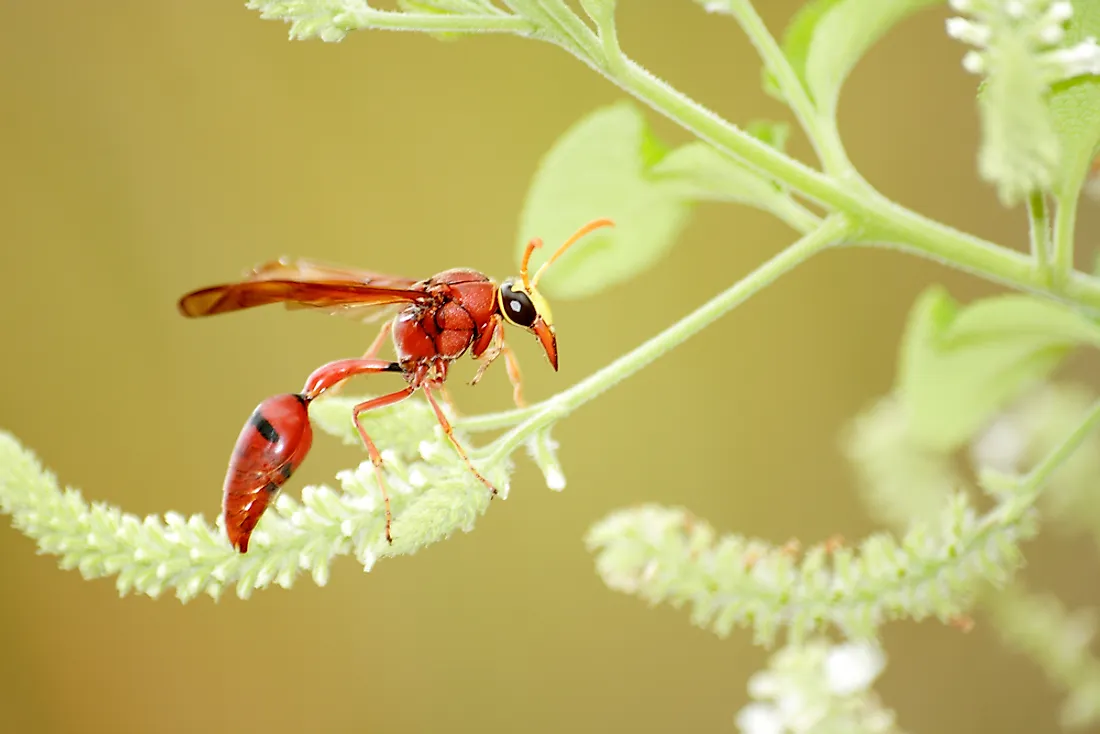What is a Photoheterotroph?

The word photoheterotroph derives its meaning from the three words “photo,” “hetero,” and “troph” which mean light, other, and nourishment respectively. Photoheterotrophs mostly use light as their source of energy and derives its carbon from organic compounds. They do not use carbon dioxide as their source of carbon. Some of the photoheterotrophic organisms include heliobacteria, purple non-sulfur bacteria, and green non-sulfur bacteria. The oriental hornet, as well as some sap-sucking insects, are also thought to be photoheterotrophs, supplementing their energy supply with light.
What Is the Process of Metabolism in Photoheterotrophs?
Photoheterotrophs generate Adenosine triphosphate (ATP) using light in two ways. The first method involves the use of a bacteriorhodopsin which is a chlorophyll-based mechanism. During the process, light activates the molecules and results in movement of the electrons through the electron transport chain (ETS). The electrons flow through the proteins leading to the pumping of hydrogen ions across a membrane. They flow in a cyclical pathway from the reaction center, through the ETS, and back to the reaction center. Examples of organisms that produce energy using this method are heliobacteria and purple non-sulfur bacteria.
The second method is the use of the purple-rhodopsin-based proton pumps. These pumps are integral membrane proteins which can move proteins across a biological membrane. They supplement the energy supply of heterotrophs. A pump consists of one protein and in some cases accessory pigments like the carotenoids. It is normally connected to a Vitamin A derivative known as a retinal. The metabolism process begins with the absorption of light by the retinal molecule. Subsequently, the retinal molecule isomerizes and causes the protein to change its shape. The protein then pumps a proton across the membrane where it combines with the hydrogen ion to form ATP. The hydrogen ion is also important in transporting solutes and driving a flagellar motor.
One flavobacterium is not enough to reduce carbon dioxide using sunlight. Instead, it uses energy from its rhodopsin system to convert it through the process of anaplerotic fixation. The flavobacterium is an example of a heterotroph. Anaplerotic fixation is useful when there are scarce reduced carbon compounds, but the energy in the form of sunlight is abundant.
The Differences Between Autotrophs, Phototrophs, Chemoheterotrophs, and Photoheterotrophs
To survive, all living organisms require carbon and energy. The differences in the different organisms come in the manner in which they obtain these fundamental components as below.
Autotrophs use the light and chemical energy from their surrounding to produce their food. Most of them are producers. Phototrophs, on the other hand, utilize the sunlight for their energy. Heterotrophs are organisms that derive their carbon from other organisms. On the contrary, Chemoheterotrophs get their energy through oxidation of pregenerated organic compounds by feeding on other organisms either dead or alive. Finally, Photoheterotrophs rely on light for their energy and consume carbon from organic compounds.











